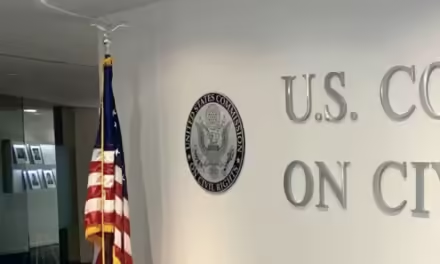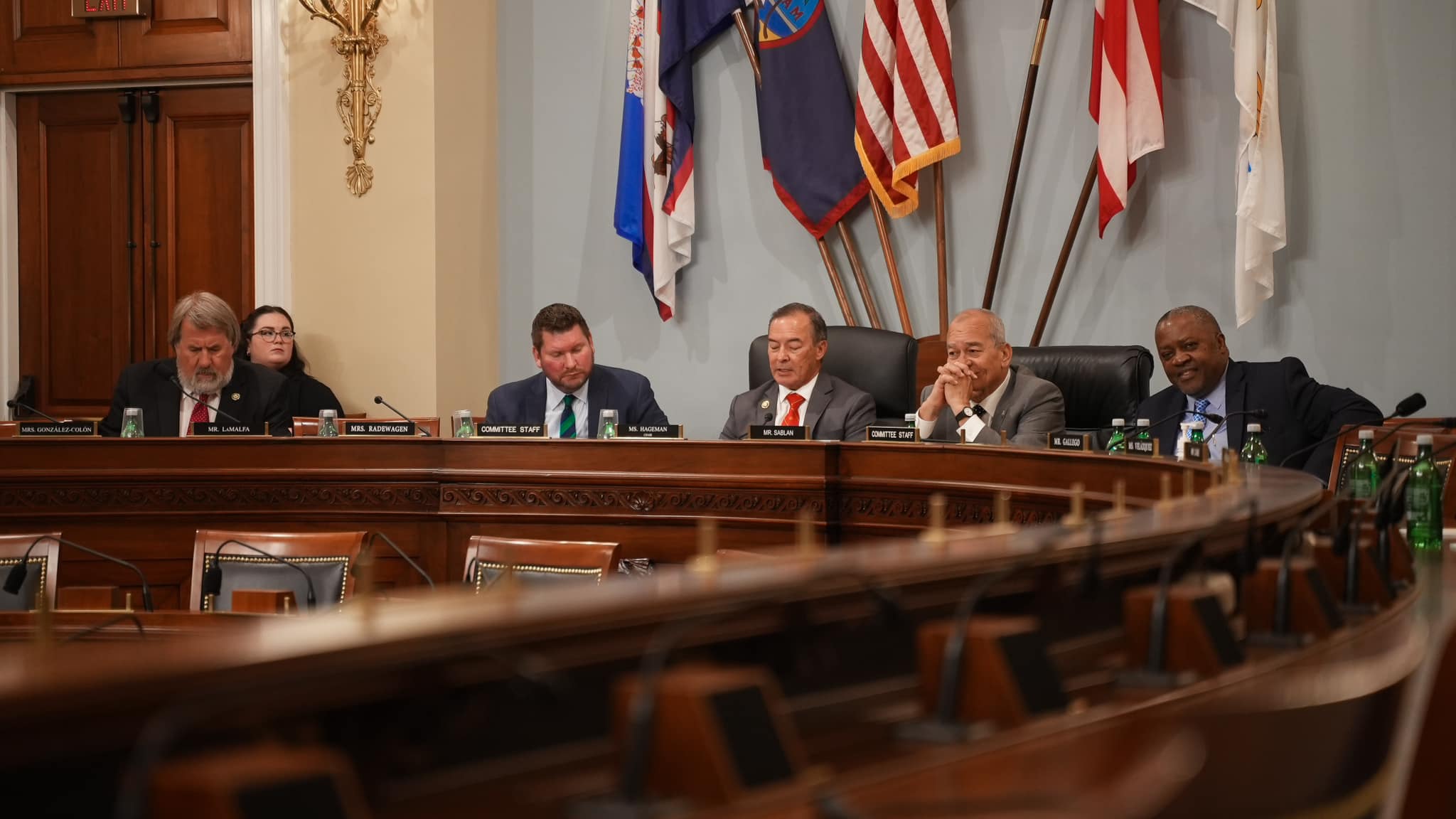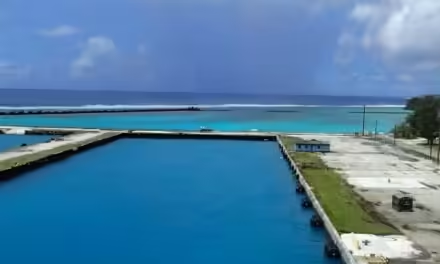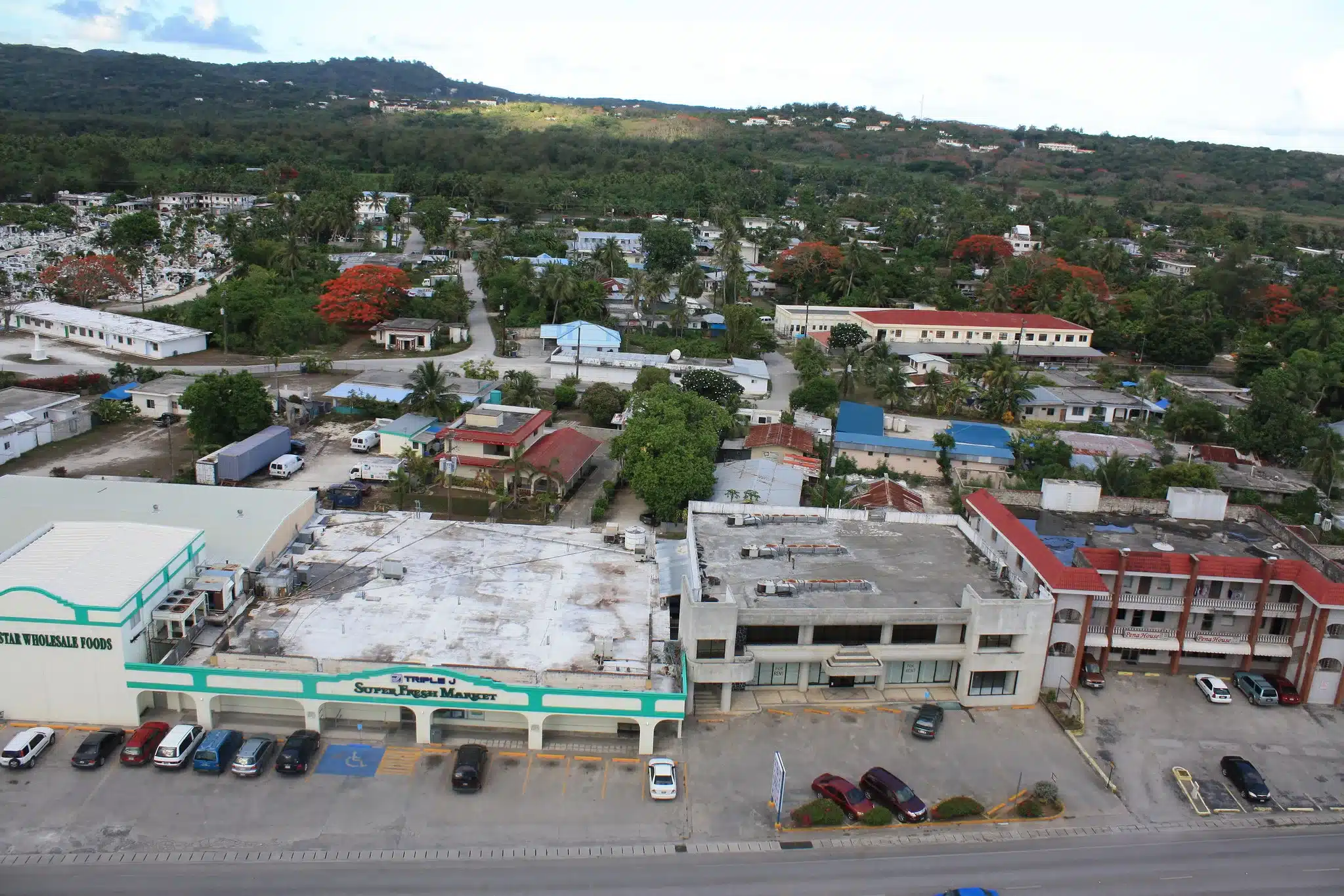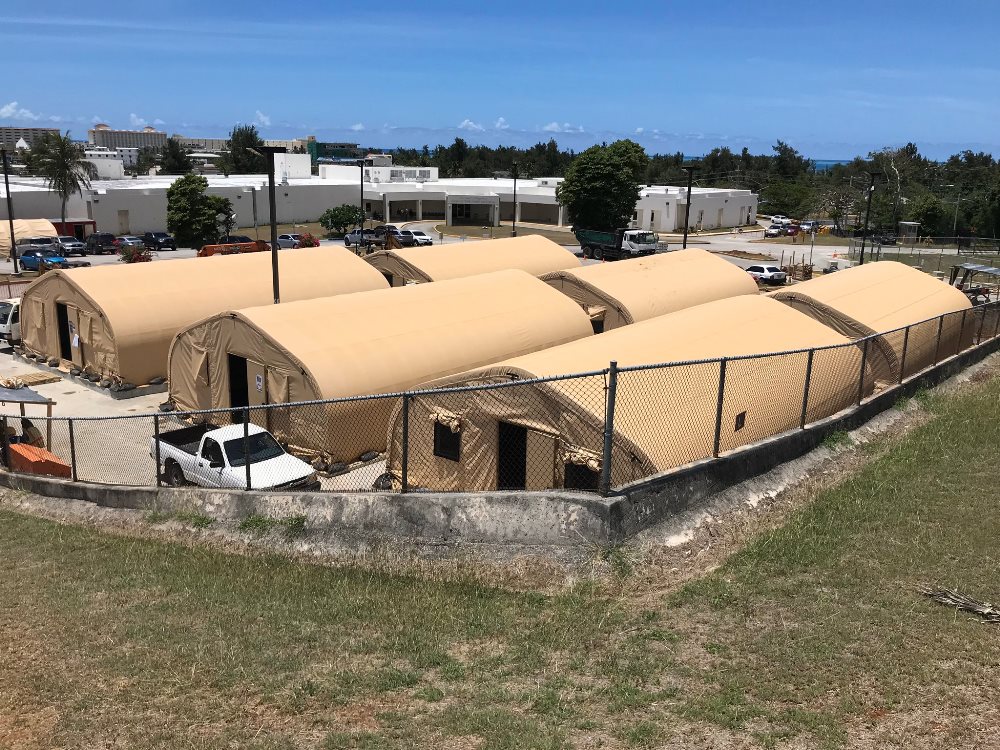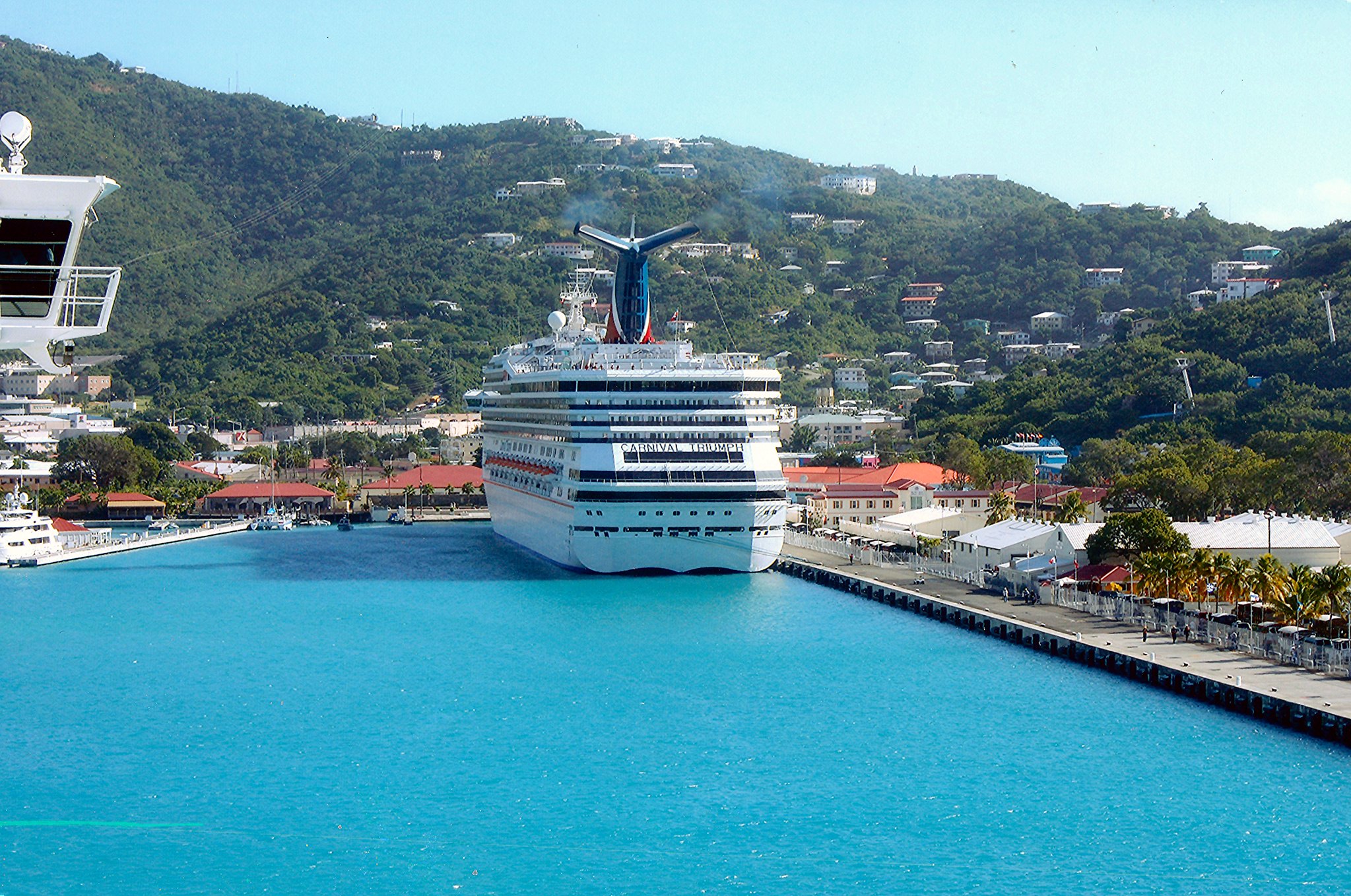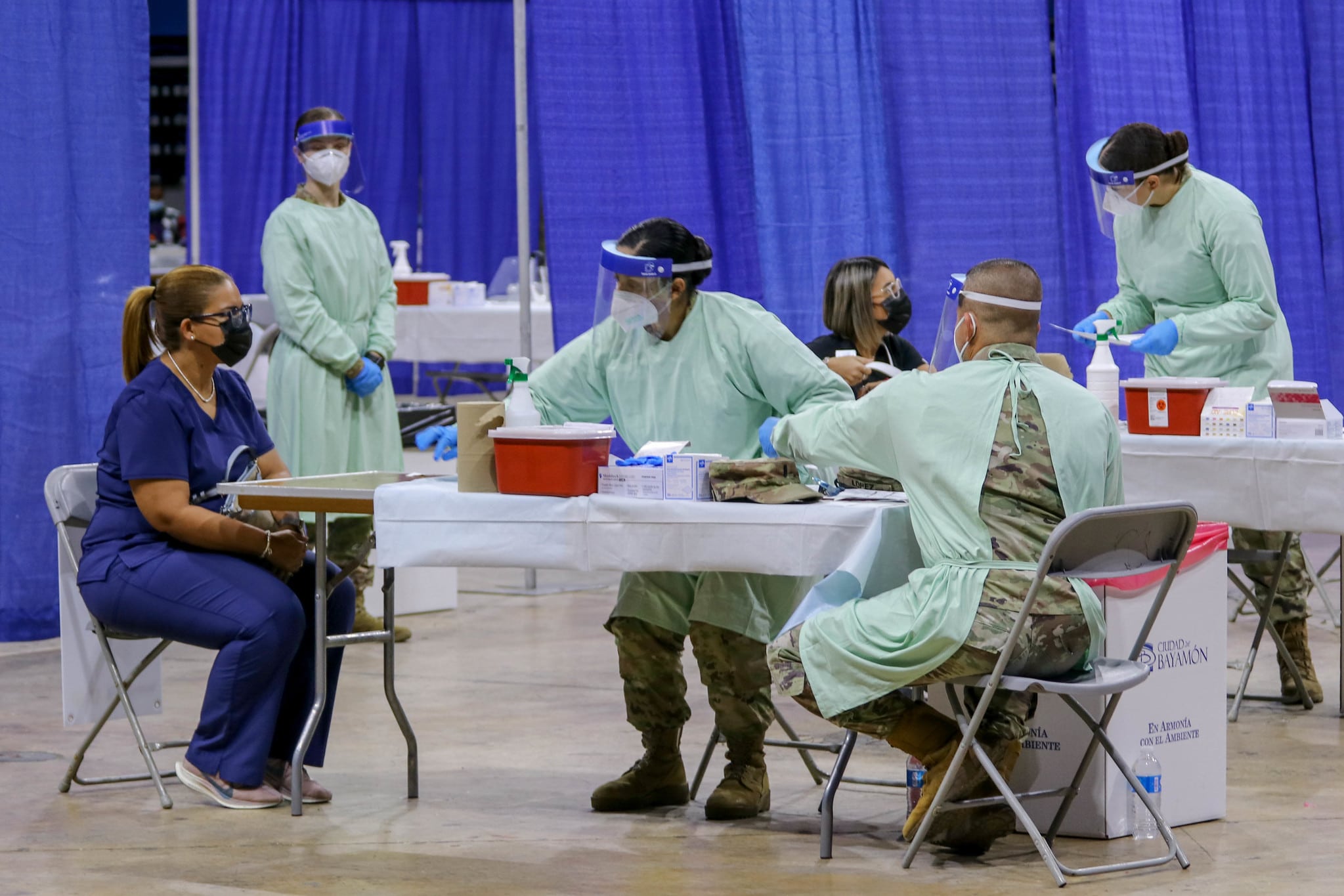Guam could have a water problem
Environmental issues have been continuing to ravage United States territories like Guam in recent years. Unfortunately, things do not look like they are getting better due to the recent news from the Environmental Protection Agency last Wednesday, which said that PFAS is an even bigger health risk than ever before. PFAS, also known as Per- and Polyfluoroalkyl Substances, are industrial-made chemicals that exist in many products, but they are primarily in resistant materials. These chemicals can contaminate water sources if they are not managed properly.
This is an issue for Guam since groundwater makes up a fair majority of its drinking water. If PFAS runoff seeps into water sources in Guam, then clean water shortages could be a major concern for the island. The Associated Press reported the new EPA findings in a recent article stating that “health risk thresholds for PFOA and PFOS are being moved to near zero, replacing 2016 guidelines that had set them at 70 parts per trillion. The chemicals are found in products including cardboard packaging, carpets, and firefighting foam.” Health issues can occur if any percentage of these chemicals are consumed by humans.
PFAS is very common in military bases and Guam has two major bases that are very important to the territory. Naval Base Guam and Anderson Air Force Base could be at risk from PFAS unless measures are taken in preventing its spread. Pacific Daily News discussed this topic with Guam’s former Senator and current Congressional candidate Judi Won Pat. The article states that “Judi Won Pat said with the change in the Environmental Protection Agency’s safe level of perfluoroalkyl substances in water, Guam should be prepared for more water wells to be shut down.” The EPA is encouraging the territory to apply for funding through the Build Back Better plan, but territories in recent years have been widely ignored in favor of states.
Judi Won Pat told the Pacific Daily News that “The US government needs to address PFAS in Guam as a national priority. The Guam Waterworks Authority and the Guam Environmental Protection Agency need to be adequately equipped with the proper resources for water quality monitoring, remediation, and compliance with the new EPA PFAS safe levels.” Guam seems to be in danger of PFAS contamination unless government support is provided to ensure the protection of its groundwater.

